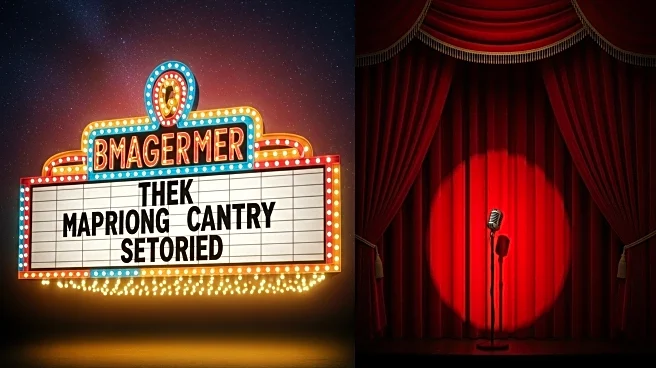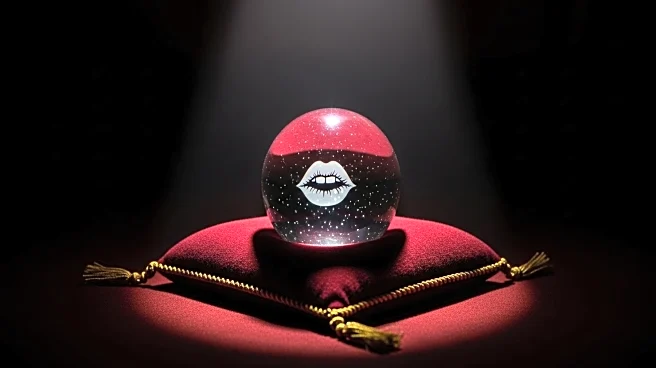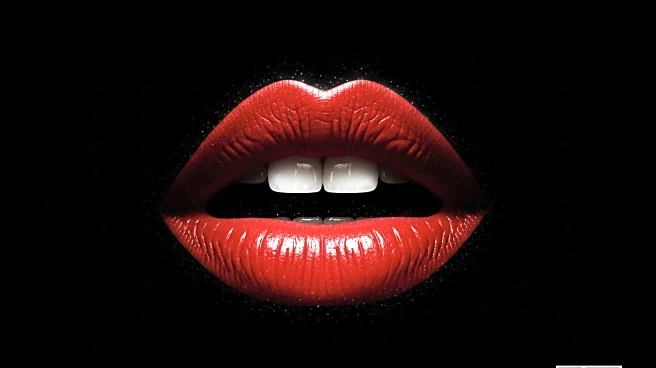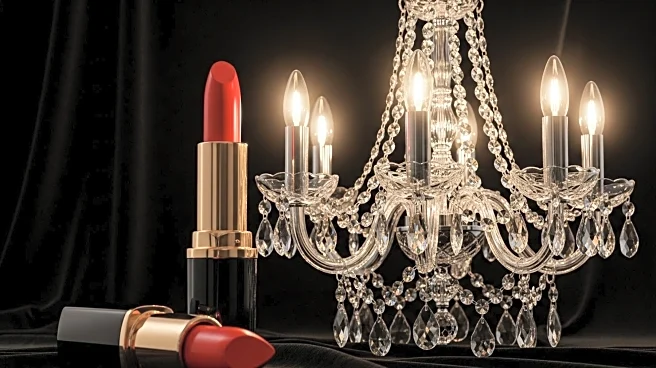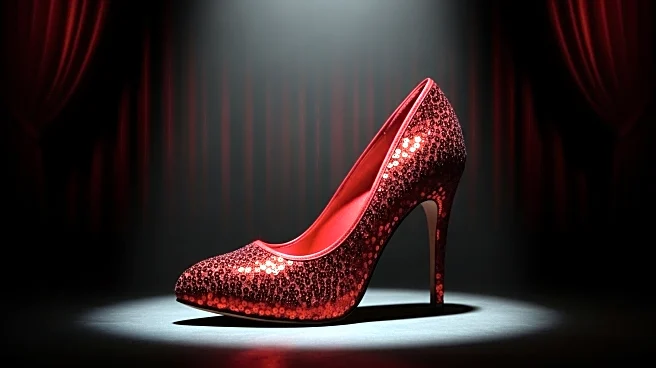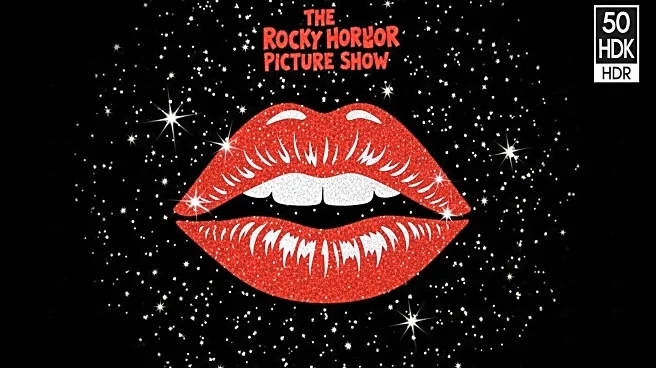What is the story about?
What's Happening?
Tim Curry made a rare public appearance at the 50th anniversary reunion of the 'Rocky Horror Picture Show' held at the Academy Museum. The event featured Curry alongside other cast members such as Barry Bostwick, Patricia Quinn, and Nell Campbell. Curry, who played the iconic role of Dr. Frank-N-Furter, shared anecdotes about the film's production, including his experiences with makeup and accent choices. He also reflected on his status as an LGBTQ icon and discussed his health following a stroke in 2012. The reunion included a special viewing of the film, with interactive goodie bags available for purchase.
Why It's Important?
The reunion highlights the enduring cultural impact of the 'Rocky Horror Picture Show,' a film that has become a staple in LGBTQ communities and cult cinema. Tim Curry's presence underscores the film's legacy and its message of self-expression and acceptance. The event serves as a reminder of the film's influence on popular culture and its role in promoting inclusivity and diversity. Curry's reflections on his health also bring attention to the challenges faced by aging actors and the importance of celebrating their contributions to the arts.
What's Next?
Fans of the 'Rocky Horror Picture Show' can continue to engage with the film through various streaming platforms, keeping its legacy alive. The anniversary event may inspire renewed interest in the film, potentially leading to more screenings and celebrations. As the film continues to resonate with audiences, it may also influence new generations of filmmakers and actors to explore themes of identity and self-expression.
Beyond the Headlines
The 'Rocky Horror Picture Show' has played a significant role in shaping discussions around gender and sexuality in media. Its celebration of non-conformity and individuality has paved the way for more diverse representations in film and television. The reunion event not only honors the film's past but also encourages ongoing dialogue about the importance of representation in the arts.
AI Generated Content
Do you find this article useful?



